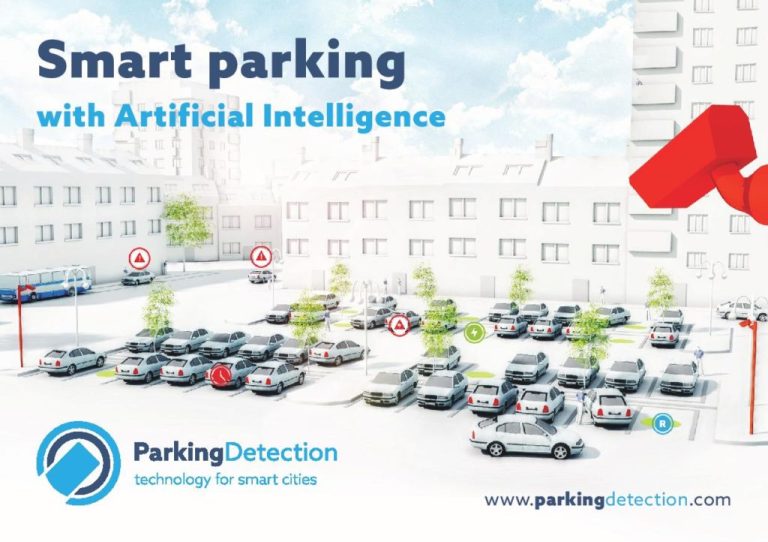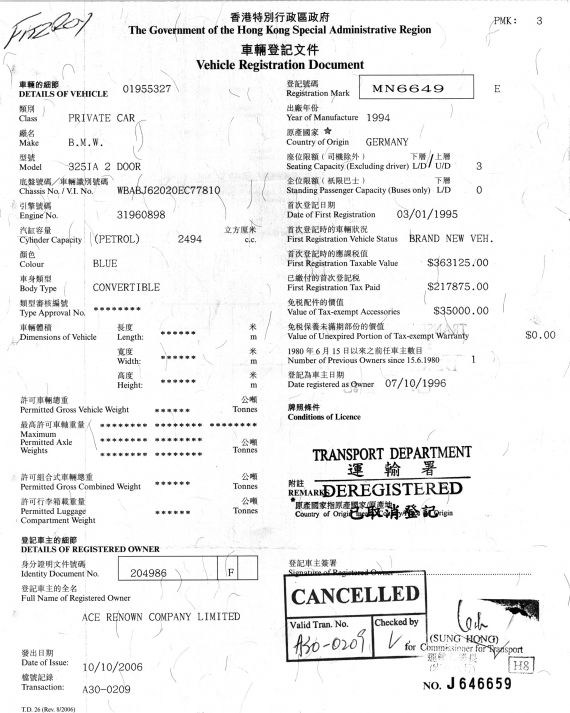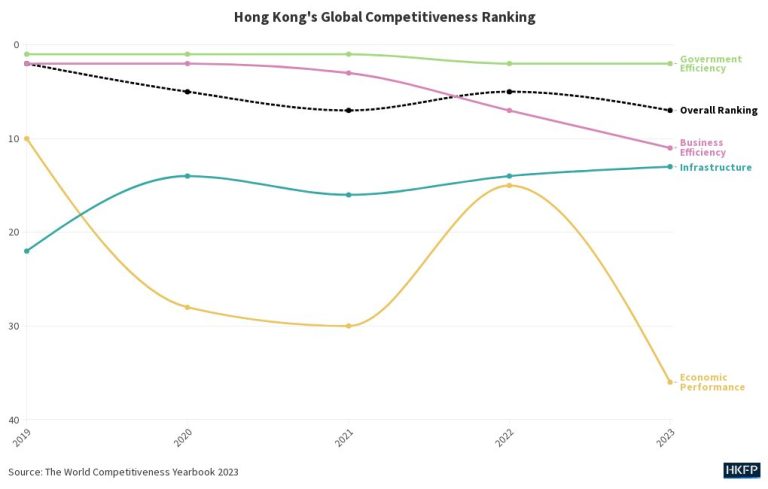Hong Kong Uses AI and Drones for Smarter Housing Management
In the bustling urban landscape of Hong Kong, the Housing Department is revolutionizing public estate management through cutting-edge smart technologies that are transforming how residential spaces are monitored and maintained. Two groundbreaking innovations—an AI-powered illegal parking monitoring system and advanced drone inspections—are setting new standards for efficient, technology-driven urban living.

Illegal parking has long been a persistent challenge in public housing estates, creating obstacles for residents and potentially blocking critical emergency access routes. The department’s new AI monitoring system tackles this issue head-on with an intelligent solution that goes far beyond traditional enforcement methods. High-definition digital cameras now track vehicles in real-time, automatically calculating parking duration and instantly alerting staff when a vehicle overstays its welcome.
When a car exceeds the preset time limit, the system generates an immediate red alert on monitoring screens, prompting swift action. Frontline staff can quickly respond by requesting drivers to move their vehicles or, if necessary, initiate impoundment procedures. The consequences are clear: offending drivers face a fixed fine of HK$320 if their vehicle is towed, creating a powerful deterrent against parking violations.

This technological approach represents a significant leap from manual video reviews, dramatically improving management efficiency and reducing potential conflicts between staff and residents. Feedback from housing estate residents has been overwhelmingly positive, with many noting faster responses to parking issues and noticeably improved estate conditions.
Complementing the parking monitoring system, the Housing Department has also deployed sophisticated drones that are transforming building maintenance and inspection processes. These aren’t your average consumer-grade flying cameras—these are high-tech inspection tools equipped with telephoto lenses and infrared thermal cameras capable of capturing intricate details from challenging angles.

The drones’ capabilities extend far beyond traditional visual inspections. Using advanced AI technology, they can analyze captured footage to identify structural issues like wall cracks, helping maintenance teams prioritize repair work with unprecedented precision. Where human inspectors once relied on binoculars or limited camera views, drones now provide comprehensive, detailed assessments that significantly reduce inspection times and minimize risks associated with height-based work.
Perhaps most impressively, these drones aren’t limited to external inspections. They can navigate complex indoor environments like lift shafts, using spatial scanning and optical radar technologies to move precisely in areas without satellite coverage. Integrated lighting systems allow them to capture images in low-light conditions, enabling technicians to assess internal structures without physically entering potentially hazardous spaces.

Privacy remains a top priority throughout these technological interventions. Before conducting drone inspections, the Housing Department issues resident notifications, and all imagery is automatically processed to blur individual identities. Jimmy Tsang King-fai, a maintenance surveyor, emphasizes that these technologies aren’t just about efficiency—they’re about creating safer, more responsive living environments.
Field tests have already demonstrated the remarkable capabilities of these smart technologies. In one example, drones quickly located simulated wall cracks during a systematic inspection, showcasing their potential to revolutionize maintenance protocols.

By integrating AI and drone technologies, Hong Kong’s Housing Department is doing more than just managing residential spaces—they’re reimagining urban living. These innovations represent a forward-thinking approach that prioritizes safety, efficiency, and resident convenience, setting a new global standard for smart city management.
As cities worldwide grapple with increasing urban complexity, Hong Kong’s model offers a compelling glimpse into a future where technology and human-centric design work seamlessly together to create more responsive, intelligent living spaces.












